 |
The Keel Laying ceremony for the first Philippine Landing Dock vessel took place on January 22.
Image Source. |
Aside from the offers made by the Indonesian government through President Joko Widodo, especially on the anti-submarine warfare capabilities that the Philippine Navy may find as highly interesting as it keeps on modernizing, let us also cover other areas of development of the cooperation between two countries that belong to ASEAN, especially on other modernization-related projects that these archipelagic countries partake recently.
The first thing is on the developments surrounding the acquisition of the Philippine Navy’s Landing Platform Docks, as these vessels are currently under construction in Indonesia, especially on PT PAL Persero’s own shipbuilding facilities in Surabaya. Just recently, the Indonesian shipbuilder made a milestone
by conducting its first keel laying ceremony for the first Landing Platform Dock under the Landing Docks Acquisition Project last January 22, while the steel cutting ceremony for the second vessel took place on the same day.
Just to recall,
these naval vessels that are under-construction counts as an improved variant of the Tarlac-class Landing Platform Docks that the Philippine Navy already has in-service, of which an order of two more vessels count as a follow-up order of vessels that the country’s naval service branch have booked from the Indonesian shipbuilder. Apparently, this shows the country’s appreciation of the reliability and reputation of PT PAL Persero in providing the quality vessels that the Philippine Navy needs in operations.
That appreciation gets conveyed further by
no other than the Indonesian president himself, saying that both the Philippines and Indonesian established further trust in having such transactions, with the former using the platforms that the latter has provided, further improving bilateral ties between neighboring countries especially in the defense and military fields. Also, it is a testament that both countries benefit from one another, as the former improves its capabilities and the latter expands its market.
Another acquisition project that clearly exhibits full defense cooperation between the Philippines and Indonesia is the purchase of
NC-212i Light Transport Aircraft of the Philippine Air Force, whereby it cements the service and reputation of PT Dirgantara Indonesia before the Philippine Armed Forces, and may help as a leverage for them to market the CN 235-200 ASW aircraft that the Indonesian president has actively marketing to the Philippine government recently.
Like the CN 235-200 ASW, the NC-212i Light Transport Aircraft comes as a licensed-copy produced by PT Dirgantara Indonesia, of which its origin traces back to the Spanish aerospace firm EADS/CASA, the forerunner of what is now part of Airbus Defense that have provided the Philippine Air Force its
C-295 Medium-Lift Cargo Transporter Aircraft. These platforms define the significant portion of the air service branch’s airlift capabilities, going alongside
C-130s and
S-70i Black Hawk Helicopters.
This means that the CN 235-200 ASW aircraft may come as a continuation of all these defense materiel that the Philippine military gets shall they consider this platform, as these developments help bolster bilateral relations of both neighboring archipelagic nations in Southeast Asia, not only in terms of economics or diplomacy but also in national defense aspects, as the region comes with ever-increased tensions currently stirred up by a regional power that lie unfounded claims over other countries’ Exclusive Economic Zone.
WRAPPING IT UP...
 |
The logistics chain will be easy for the Philippine Navy if it gets the CN235-200 ASW aircraft.
Image Source. |
Indonesia's own military industry played a part in contributing to the overall improvement of the capabilities of the Armed Forces of the Philippines as a whole, ranging from supplying the Philippine Navy its Landing Platform Docks to supplying the Philippine Air Force its light-lift cargo aircraft.
While most of these projects come with highly successful and appreciative results, especially the currently active Tarlac-class and several NC-212i Light Transport Aircraft that have already delivered to the Philippine Air Force, the Indonesian government, especially its president at the time this article has written, is pushing the defense ties of both countries even further, especially with their plans of marketing their defense products to the Philippine's Department of National Defense to consider upon.
Currently, the Philippine Navy is still improving its capabilities, especially that it keeps on adding more naval assets in its inventory, especially the ones that possess anti-submarine capabilities such as the new
HDC-3200 Corvettes from South Korea's HD Hyundai. This also connotes that the naval service branch may likely add
anti-submarine helicopters to augment the incoming vessels, plus the fixed-winged ones such as the CN 235-200 ASW aircraft.
Speaking of logistics on maintenance and operations, having an aircraft like the CN 235-200 ASW aircraft will most likely goes smoothly, as the Philippine Air Force already maintains and operates the
C-295 Medium Lift Transport Aircraft (see image above), as both shared similar design DNA and composition that the two service branches of the Armed Forces of the Philippines can inter-operate one another regarding the sources of spare parts and know-how about its maintenance and operations.
As the Armed Forces of the Philippines improving its capabilities and the Indonesian defense industry trying to expand its market reach in the global military sales market, it is likely that both archipelagic nations that are also members of ASEAN may get the best of both worlds in terms in fully maximizing its defense relations even further, looking forward that deals like this gets push through, with all the technicalities considered and specifications satisfied within the Philippine military's own requirements.

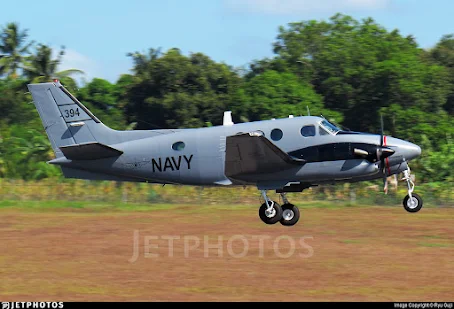
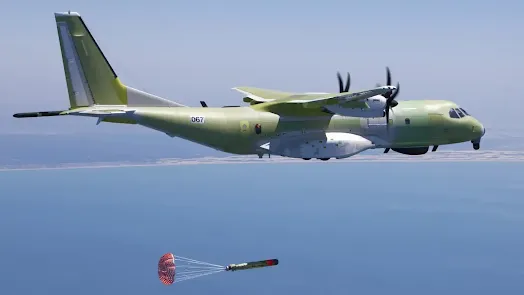












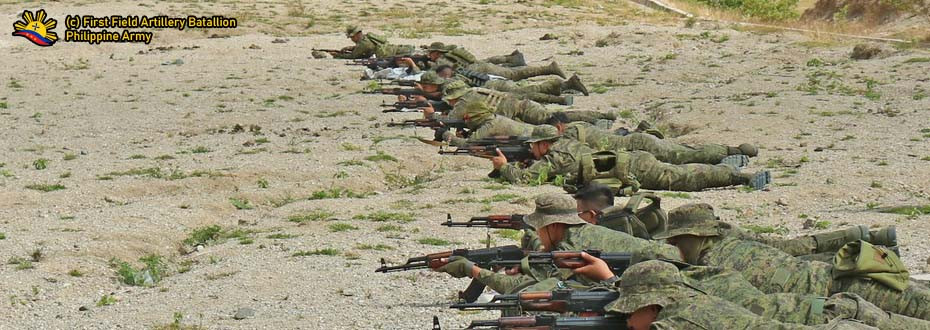
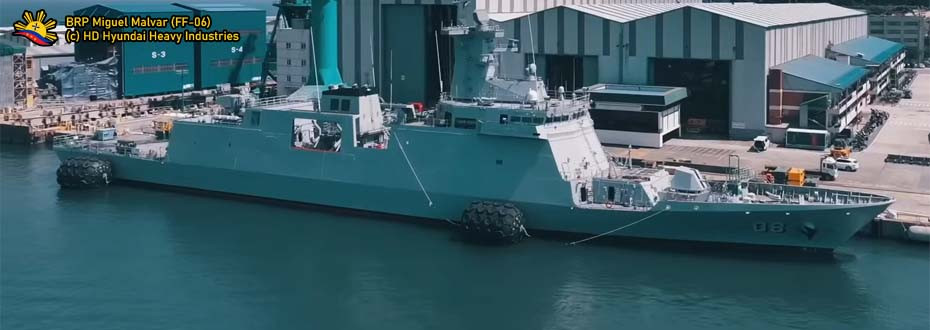



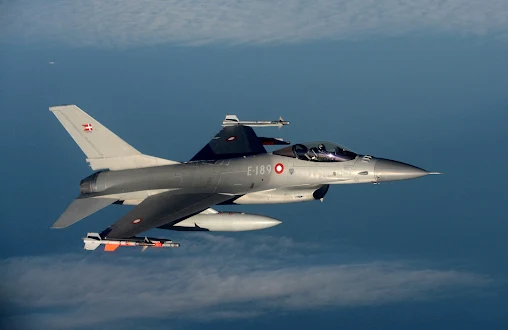
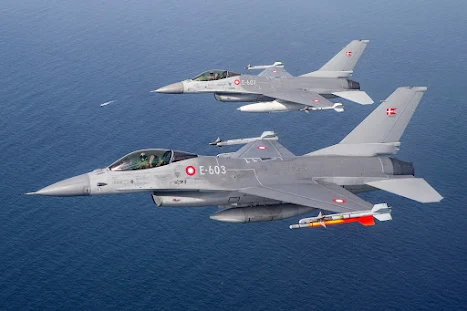


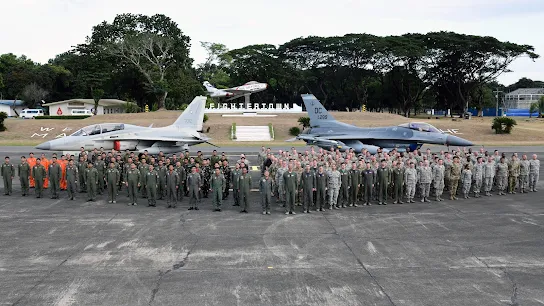
.png)

%20Launch%20-%20PDA.jpg)

